If you're in the market for a battery-electric vehicle or plug-in hybrid, you're increasingly spoiled for choice. Want a two-row BEV SUV? There are plenty of options. Luxury fastbacks? Check. Pickup truck? Ford cannot make the F-150 Lightning fast enough. There's even a fully electric Hummer!
But what of the lowly minivan? One of the most reviled but practical of all form factors, there are no BEV minivans on the market. Even though they're better than SUVs for so many things, we have to wait for the arrival of the Volkswagen ID.Buzz for the first electric minivan to go on sale in the US in 2024. That's a shame because the typical use case for minivans—short trips to school, the store, practices, and rehearsals—is a perfect fit for electrification.
In 2018, the only PHEV minivan option was the Chrysler Pacifica. Five years later, the only PHEV minivan option is the Chrysler Pacifica. We drove it again and came away impressed with the improvements Chrysler has made and saddened that there aren't more models like it on the market.
Introduced in 2017, the Pacifica was refreshed in 2022 with some minor cosmetic changes and a new top-of-the-line trim: the Pinnacle. The mechanical bits haven't changed much, however. The Pacifica is still powered by a 3.6 L Pentastar engine paired with two electric motors and a 16 kWh battery. Combined, the powertrain puts out 260 hp (194 kW), which will get you from 0 to 60 mph in 7.8 seconds—a half-second slower than the internal combustion engine (ICE) model. The hybrid does not come in an all-wheel drive version; it's FWD only.

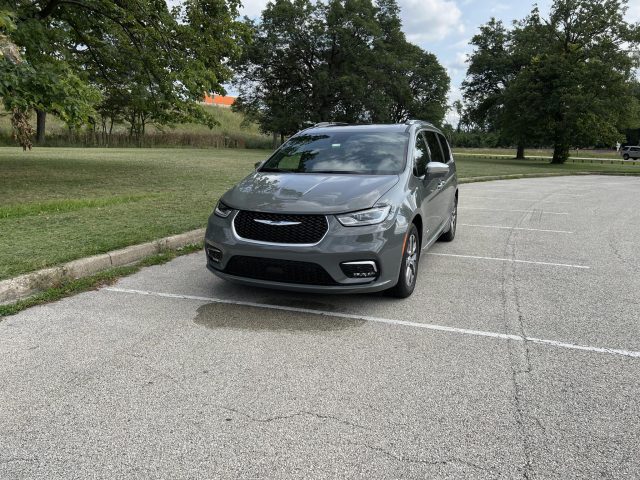

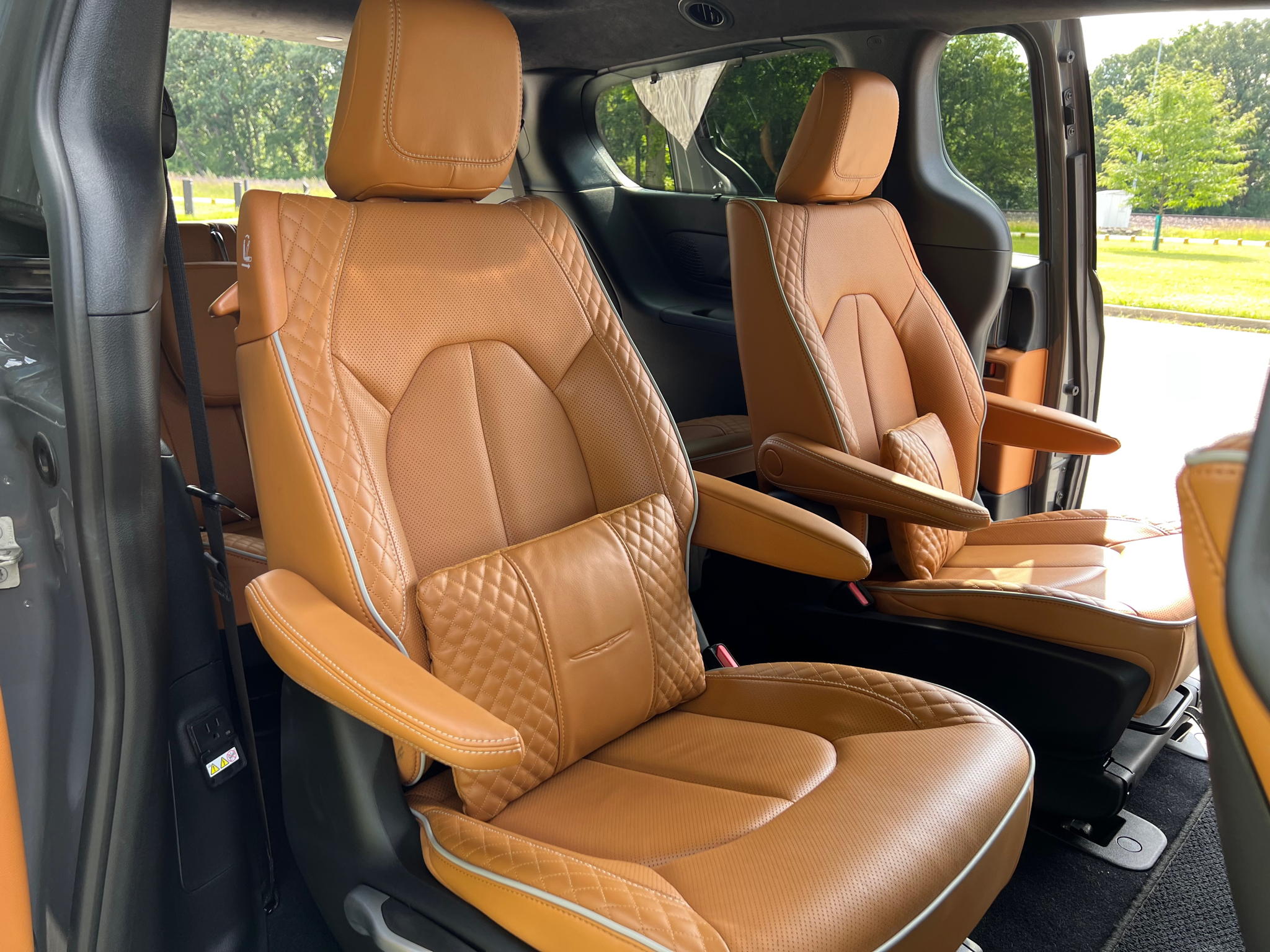
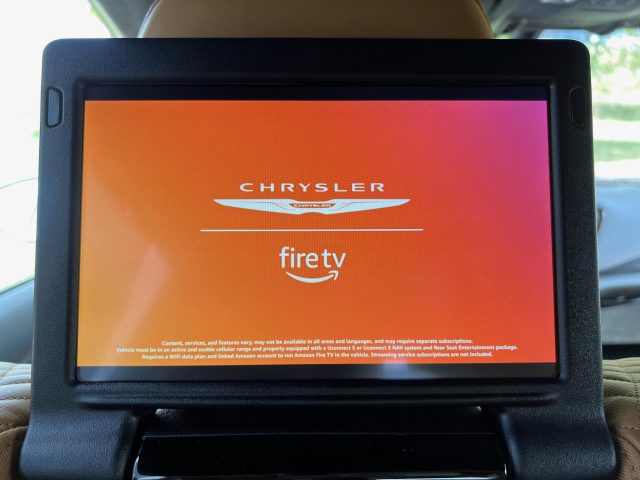
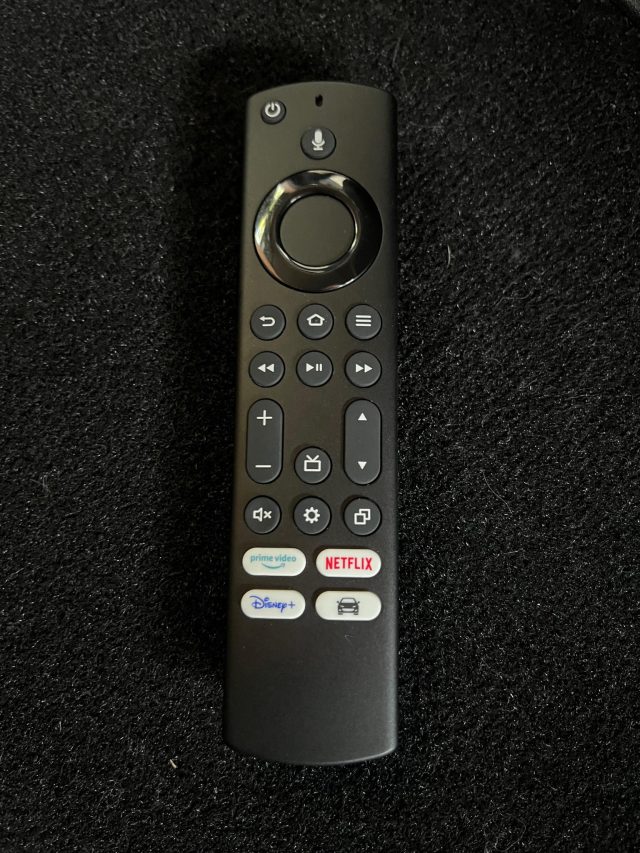
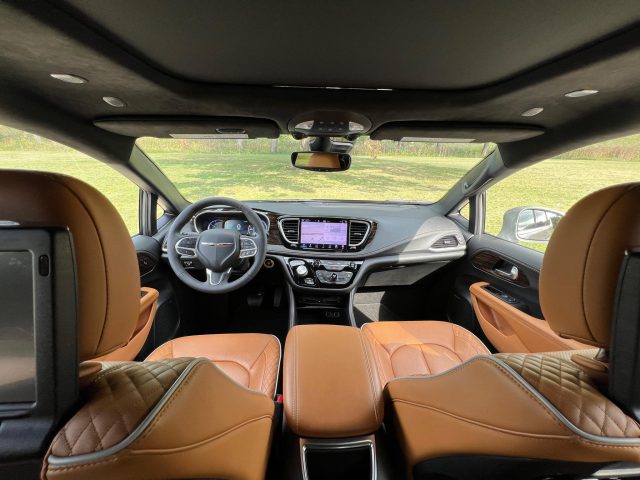
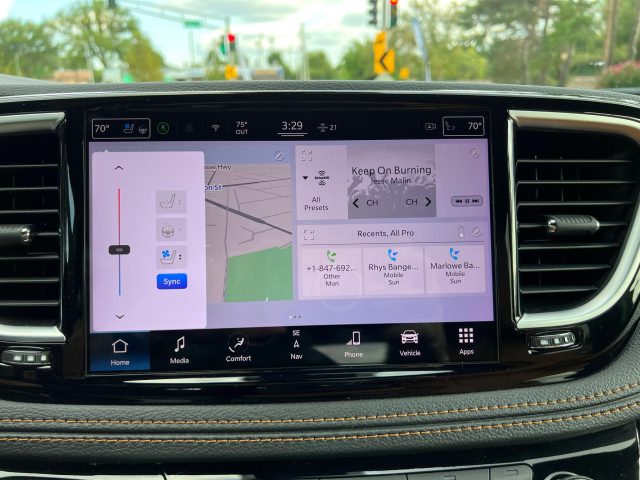

 Loading comments...
Loading comments...
